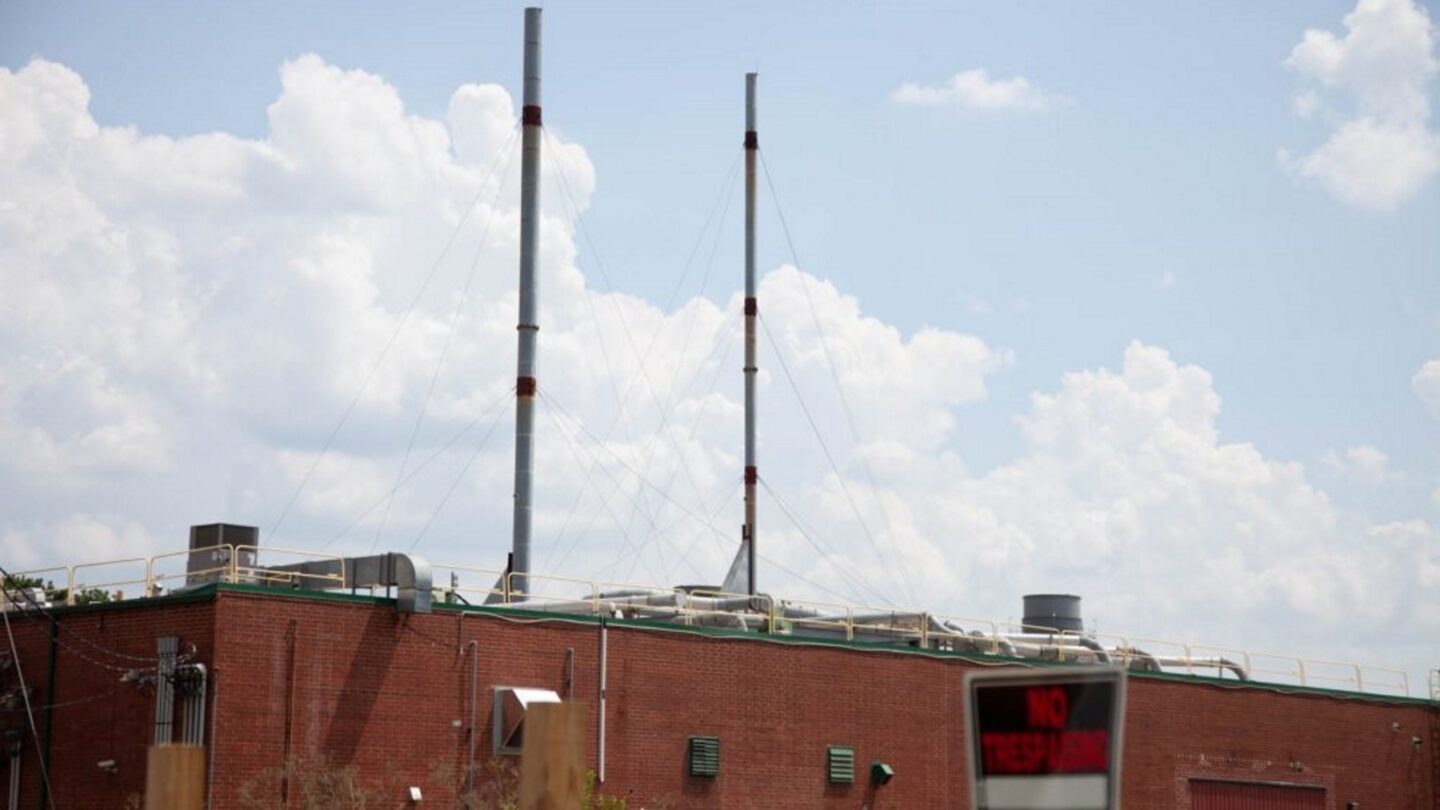The United States Environmental Protection Agency is proposing new limits on ethylene oxide emissions. The gas is used to sterilize billions of medical devices around the U.S. each year, including at Smyrna’s Sterigenics facility.
Longterm exposure to ethylene oxide emissions can cause cancers, including breast cancer, lymphoma and leukemia.
Research from The Union of Concerned Scientists has found the gas may be especially dangerous to children because it’s mutagenic, which means it can alter DNA.
And, people who live near sterilization facilities are at high risk for developing cancer, according to the Environmental Protection Agency.
Smyrna’s Sterigenics facility has been subject to multiple lawsuits from people who live or work near it, alleging its emissions made them sick — allegations the company denies.
Georgia also has four other sterilization facilities, all in or near metro Atlanta.
Nationally, there are 86 commercial sterilizers in operation.
To help protect people who work in and live near commercial sterilization facilities in Georgia and around the country, the EPA plans to require new pollution controls to cut emissions by 80% per year nationwide.
“These emission reductions would translate into significantly reduced cancer risks from ethylene oxide exposure for people who live near commercial sterilizers,” The EPA’s Tomás Carbonell said.
Prior to EPA’s announcement about the new proposed standards, the agency required all commercial sterilizers to submit detailed information about their ethylene oxide emissions and efforts to mitigate them.
Now, EPA is proposing new mitigation measures to reduce the risk for workers and nearby residents.
They include limiting the amount of gas that can be used in medical device sterilization while, “meeting applicable standards for sterility assurance,” and requiring real-time emissions monitoring and capture technology.
“And require data to be submitted to EPA electronically twice a year in order to make sure that emissions from these facilities are being captured and routed to a pollution control device and that the pollution control equipment is operating effectively,” said Carbonell. “These continuous emissions monitors are the most accurate type of monitoring for ethylene oxide emissions from commercial sterilizers.”
The proposal would also mandate workers wear Personal Protective Equipment in sterilization facilities when ethylene oxide is detected, and ban the gas’ use in museums, archives, beekeeping, cosmetics, and for sterilizing musical instruments if alternative methods exist.
The latest effort is part of the Biden administration’s Cancer Moonshot initiative, designed to end cancer and reduce health risks to communities from commercial sterilization facilities.
After a public review period later this year, the new EPA regulations would take effect next year.









